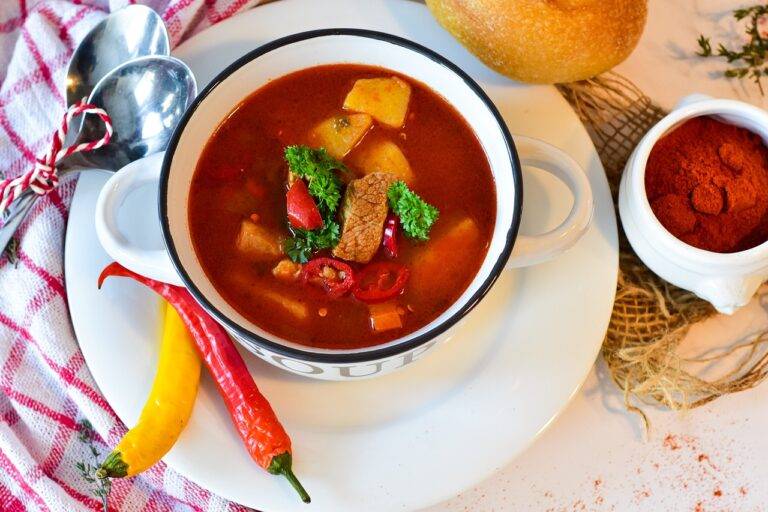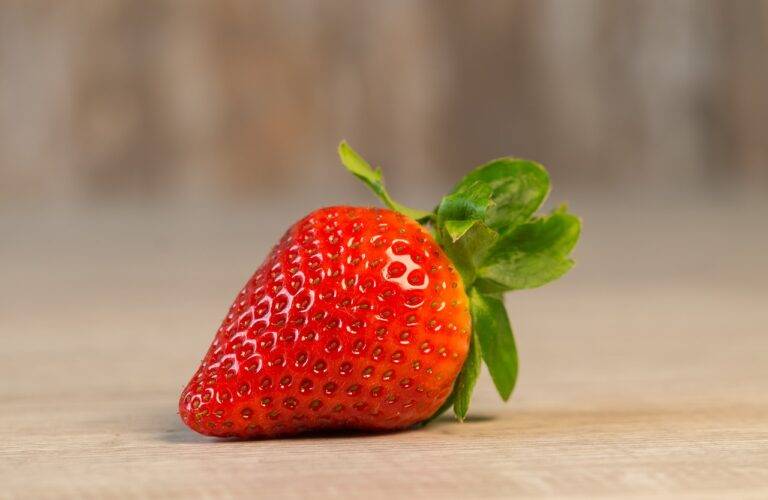The Impact of Food Packaging on the Environment
In ancient times, food packaging was rudimentary, consisting of materials like leaves, animal skins, and clay pots. These early forms of packaging were primarily used to protect food from dirt, insects, and other contaminants, as well as to prolong its freshness. As societies advanced, so did food packaging, with innovations such as glass bottles, tin cans, and paper bags emerging.
The Industrial Revolution marked a significant turning point in the history of food packaging, as mass production techniques were developed, allowing for the widespread adoption of canned goods and sealed glass jars. The invention of paperboard cartons and plastic packaging in the 20th century further revolutionized the industry, making it easier to transport, store, and display food items. Today, food packaging continues to evolve, with an increasing focus on sustainability and environmental impact.
Types of Food Packaging Materials
When it comes to food packaging, various materials are utilized to ensure the preservation, presentation, and protection of the products. One common material is glass, known for its non-reactive properties and ability to maintain food quality. Glass containers are often seen in products like sauces, preserves, and beverages due to their ability to withstand high temperatures.
Another popular food packaging material is aluminum, valued for its lightweight nature, malleability, and ability to effectively block out light, oxygen, and moisture. Aluminum packaging is commonly used for canned goods, sodas, and ready-to-eat meals. It is a reliable choice for preserving the shelf life of various items while ensuring they remain fresh and safe for consumption.
The Environmental Impact of Plastic Packaging
Plastic packaging has become a subject of growing concern due to its negative impact on the environment. The production and disposal of plastic packaging contribute significantly to pollution and pose a threat to ecosystem health. Plastic waste often ends up in oceans and waterways, causing harm to marine life and seabirds.
The longevity of plastic packaging exacerbates the problem, as it can take hundreds of years to break down completely. This leads to the accumulation of plastic waste in landfills, where it releases harmful chemicals into the soil and groundwater. As a result, the environmental impact of plastic packaging is a pressing issue that requires immediate attention and sustainable solutions.
What are some alternatives to plastic packaging?
Some alternatives to plastic packaging include paper, glass, aluminum, and compostable materials.
How does plastic packaging contribute to pollution?
Plastic packaging contributes to pollution through littering, improper disposal, and the release of harmful chemicals during production and breakdown.
Can plastic packaging be recycled?
Yes, some plastic packaging can be recycled, but not all types of plastics are easily recyclable. It’s important to check with your local recycling facilities for guidelines.
How long does it take for plastic packaging to decompose?
Plastic packaging can take hundreds to thousands of years to decompose, depending on the type of plastic and environmental conditions.
What can consumers do to reduce the environmental impact of plastic packaging?
Consumers can reduce the environmental impact of plastic packaging by choosing products with minimal or eco-friendly packaging, reusing and recycling packaging materials, and supporting businesses that prioritize sustainable packaging practices.





